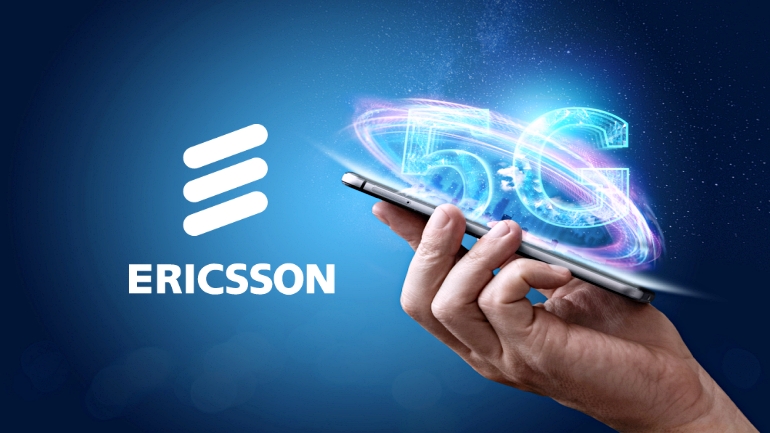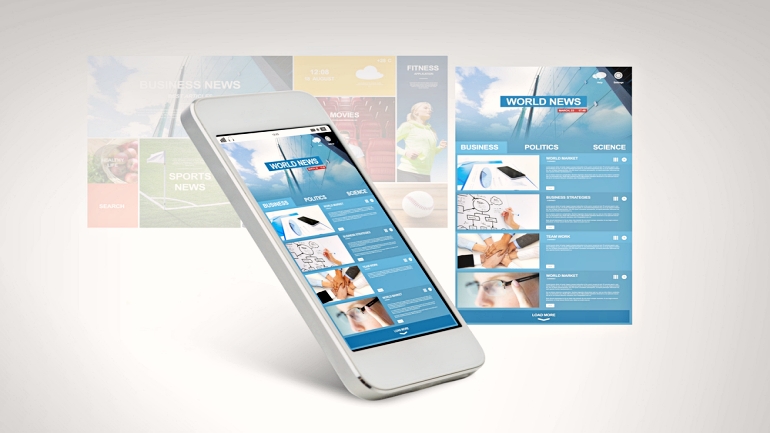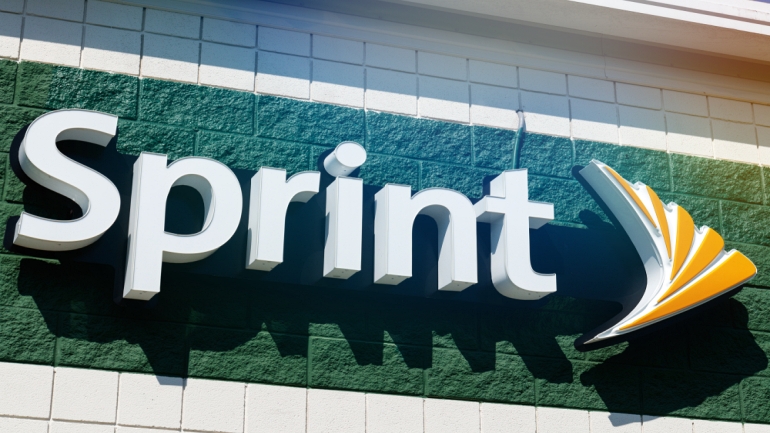Telefonica piloting blockchain across 8,000 companies Telecoms multinational Telefonica has teamed up with the Association of Science and Technology Parks (APTE) to provide approximately 8,000 companies in Spain with access to a secure, decentralised blockchain network. Telefonica plans to launch a three-month pilot project that will encourage companies to develop their own decentralised applications on the blockchain at no extra cost, and will also allow them to experiment with their own digital tokens. Blockchain is being widely adopted in a variety of industries, especially in the field of IoT, where 75 percent of IoT technology users in the US already use blockchain or plan to do so by the end of 2020. Read more at: https://tinyurl.com/t8z8p9d Samsung Galaxy Fold sales figures revealed, and they’re worse than earlier reports Samsung Electronics sold close to half a million of its Galaxy Fold smartphones last year. Speaking to the Yonhap News Agency at CES 2020,…
An independent news platform Telecoms.com has recently published its Annual Industry Survey 2019, with the main focus being on topics such as industry updates, 5G rollout, digital transformation, the Internet of Things (IoT), as well as the modernization of Operations Support Systems (OSS) and Business Support Systems (BSS). The survey, covering the industry landscape over the last 12 months and projecting into 2020, has revealed an optimistic forecast that is mainly supported by the launch of 5G commercial services, innovations and progress in other important areas of the industry. According to the report, the single biggest change in the industry landscape over the past year was the deployment of commercial 5G services in different parts of the world. Regardless of the fact that the best-selling service is high-speed Internet access (mobile and fixed), B2B services, including 5G serving other vertical industries, will undoubtedly play a much more significant role…
Apple now owns Intel’s mobile modem business Intel, a leader in the semiconductor industry, has completed the sale of the majority of its smartphone modem business to Apple. The company said this transaction enables it to focus on developing 5G network technology while maintaining the ability to create modems for non-smartphone applications, such as PCs, Internet of Things (IoT) devices and autonomous vehicles. Apple now uses Qualcomm for 4G LTE and 5G modems for iPhones. With this acquisition, Apple is planning to develop its own modems for smartphones in 2021. Read more at: https://tinyurl.com/rqmu724 Orange unveils new five-year grand plan Orange, a French multinational telecommunications corporation, has introduced “Engage 2025”, its new strategy that follows on from the Essentials 2020 plan launched in 2015. The corporation has revealed its goals for the coming years, emphasizing that its business model will be guided by social and environmental responsibility. Considering the operator’s business…
Ericsson, one of the world’s leading providers of technology and services to telecom operators, has completed the first transglobal 5G data call over live commercial 5G networks, showcasing its Spectrum Sharing technology. Through their collaboration with 5G ecosystem industry leaders Qualcomm Technologies, Swisscom and Telstra, and using a 5G smartphone from Chinese manufacturer OPPO, Ericsson continues to demonstrate its drive towards commercial dynamic spectrum sharing. The Swedish tech giant said that the November 29 data call connected Bern, Switzerland and the Gold Coast, Australia using Ericsson Spectrum Sharing deployed on Swisscom’s and Telstra’s commercial 5G networks at the respective sites. The call was achieved using spectrum sharing on a 3GPP Frequency Division Duplex (FDD) band and pre-commercial OPPO 5G handsets employing the Qualcomm Snapdragon X55 5G Modem-RF System. Moreover, OPPO is the first 5G device manufacturer to implement Ericsson Spectrum Sharing in its smartphones. As part of the…
Telefonica launches Tech and Infra units amid Latam spin-off Spain’s telecom giant Telefonica has announced a major organisational restructuring after a meeting of its board of directors. The company’s chairman and CEO Jose Maria Alvarez-Pallete has introduced a new bold strategy to spin off company assets and prepare for industry 4.0. With its 5-point plan, Telefonica aims to generate more than EUR 2 billion a year in additional revenues from 2022, by prioritising its four key markets of Spain, Brazil, the UK and Germany and carrying out an “operational spin-off” of its Latin American business. The company will also set up a subsidiary for its cloud, cybersecurity and IoT businesses called Telefonica Tech and another for its infrastructure assets, Telefonica Infra. Read more at: https://tinyurl.com/wjkobwc AT&T and Microsoft launch edge computing network Microsoft and AT&T have integrated 5G with Azure to launch their new Network Edge Compute (NEC) service for…
Google Cloud’s Contact Center AI hits general availability Google Cloud has announced the general availability of Contact Centre AI, which will enable corporations to deploy virtual agents for basic customer interactions. The service is built using conversational AI engine Dialogflow, the development suite for creating conversational interfaces such as chat bots and interactive voice responses (IVR). Furthermore, Google Cloud has introduced Cloud Run, a service for managing Knative for serverless apps like Kubernetes, and has also launched the Network Intelligence Centre, an AI-driven network management service. Read more at: https://tinyurl.com/yhn43zb9 Moto Razr 2019 is official: A foldable smartphone with no display crease One of the most iconic and best-selling flip phones is reborn. Motorola has unveiled the Moto Razr folding-screen smartphone with a large OLED display that folds in half. The most interesting thing about the new phone is the hinge design: there is a large empty space around it, so…
The latest report by the Global mobile Suppliers Association (GSA) indicates that the 50th commercial 5G network has now been launched, following the activation of 5G services in China. All the three state-backed telecom operators, China Unicom, China Mobile and China Telecom have launched next-gen networks and have already registered more than 9 million 5G subscribers. The GSA 5G Market Snapshot marks this deployment as the 50th commercial roll out of a 5G network. Joe Barrett, the President of the GSA, said, “I think that we have all been surprised by how quickly 5G has taken off, with deployments and commitments from across the globe gathering pace. This latest milestone, combined with commercial launches in the world’s largest mobile market, is set to lead to an explosion in 5G users and also have a knock-on impact on driving both use cases and innovation.” By the end of October 2019, the…
Samsung’s next flagship phone chip, the Exynos 990, is 20% faster Samsung has released its new Exynos 990 flagship chipset together with the 5G-capable Exynos Modem 5123 that are expected to help the next generation of mobile devices make intensive use of video and artificial intelligence (AI) applications as well as 5G communications. The Korean electronics giant said that the Exynos 990 is 20 percent faster at executing ordinary processing tasks, 20 percent faster in graphics processing and twice as fast in software tuned for the chip’s AI acceleration scheme. Read more at: https://tinyurl.com/y2qmemq5 Nvidia and Ericsson announce the first GPU-powered 5G mobile network At this year’s Mobile World Congress in Los Angeles, California, Nvidia announced the partnership with Ericsson and Red Hat to help mobile network operators accelerate 5G deployment. The company has compared the power of its GPU-accelerated EGX hardware to traditional CPU-based servers and claims that a…
US telecom giant Sprint Corporation has announced that it is working with Arizona State University (ASU) to promote economic, educational, technological and social growth in the entire Arizona region, leveraging the power of Sprint’s True Mobile 5G and Curiosity™ IoT’s advanced dedicated network and operating system. This groundbreaking collaboration will combine the innovations of 5G and Curiosity™ IoT, create a new IoT curriculum and reach millions of residents. Sprint’s Curiosity™ IoT is the first dedicated, virtualized and distributed core IoT network that is purpose-built for software. Hosted on a solid foundation from technology leaders including ARM, Ericsson and AWS, this service leverages bare-metal design, and enables the delivery of low latency, high availability connectivity. The fourth-largest mobile network operator in the US stated that they designed Curiosity™ IoT “to solve the challenges of today and be ready for the needs of the future.” In a press release, Sprint said it will work alongside ASU…
Vodafone has made a move that could put an end to the global dominance of the three main telecom equipment providers – Huawei, Ericsson and Nokia – by starting trials on open access radio technology in the UK. The company is the first wireless carrier to run European tests of Open Radio Access Networks (OpenRAN), a cellular infrastructure technology that may increase the number of companies supplying telecom network equipment and assist in connecting more of the world’s most remote communities using lower cost systems. In a statement, Vodafone said that “the global supply of telecom network equipment has become concentrated in a small handful of companies over the past few years” and added that a wider choice of suppliers will increase flexibility and innovation, thus helping to address some of the cost challenges of internet services in rural communities. Telecom operators use RAN infrastructure, masts and antennae…













